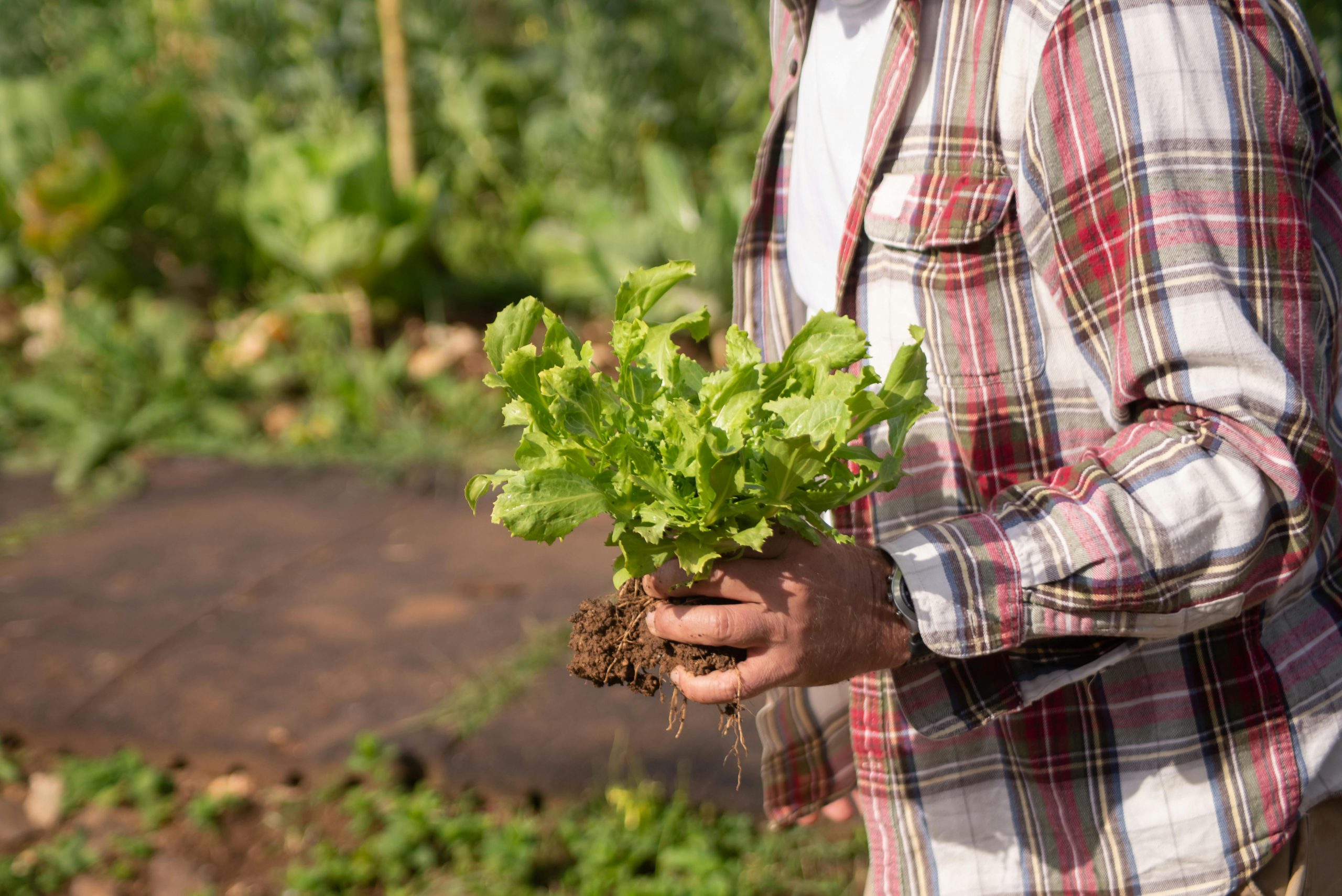- Discover the key practices for soil preparation to ensure your garden’s foundation is nutrient-rich and ready for planting.
- Learn how to select the right mix of plants based on your climate, soil type, and sun exposure for a vibrant garden.
- Implement effective watering techniques tailored to your plant’s needs. This will optimize water use and promote healthy growth without waste.
- Understand the importance of regular pruning and maintenance to encourage fruit production and prevent disease in your backyard oasis.
- Explore organic pest control methods that are safe for the environment. These methods will keep your garden flourishing while protecting its ecosystem.
In the heart of urban life or the vast expanse of countryside, gardens stand as patches of serenity, canvas of creativity, and hum of life. For those who turn green at the sight of flora and those who grow their greens, the backyard garden is an emblem of connection to the Earth and a source of pride. We aim to transform this space into a thriving haven, producing beauty and sustenance. If you’re a gardening enthusiast, homeowner, or sustainability advocate looking to cultivate a backyard with abundant fruits, this in-depth guide is your roadmap for a bountiful botanical venture.
Getting Started with Your Garden
The onset of your gardening odyssey is an indelible stage that lays the groundwork for seasons of growth and harvest.
Choosing the Right Location
Adequate sunlight, good soil, and proper drainage are key to a successful garden. Start by observing your yard at different times of the day to identify the sunniest spots. Most fruiting plants need at least six hours of direct sunlight to thrive.

Dig deep into the soil quality; its texture, nutrient content, and pH levels can be assessed using at-home kits or professional services. Understanding your soil is paramount, as it dictates what will grow with gusto or falter.
The third dimension, drainage, is critical to root health. Poorly drained soil can lead to root rot and other problems. A simple percolation test—digging a hole, filling it with water, and observing the drainage speed—can help pinpoint where water accumulates and seeps away.
With such insights, you can prepare the prospective site by clearing weeds, rocks, and other debris and amending the soil as needed.
Selecting Your Plants
Plant selection is pivotal to your geographical zone, weather patterns, and garden size. Consult your hardiness zone, usually outlined by the USDA, to ensure your fruit varieties withstand the local climate.
Consider diversity in your selection by choosing a mix of fruit-bearing plants, vegetables, and flowers. This adds aesthetic variety and promotes biodiversity, which is a keystone in ecological gardening practices.
Cultivating Your Garden
With location and plants sorted, it’s cultivation time. Here, we dig into the nitty-gritty of nurturing and sustaining your garden.
Soil Preparation and Maintenance
A garden is only as good as the soil in which it grows. Composting is the alchemy that turns kitchen scraps and garden waste into black gold—rich, fertile soil that’s the lifeblood of your garden.
Beyond composting, fertilization and pH balancing are anchors of soil care. Understand the different types of fertilizers and their applications, from organic options like manure and bone meal to synthetic blends. Regular soil testing can guide your actions, ensuring a controlled ecosystem with the correct nutrient balances for your specific plants.
Planting and Watering Strategies
Planting time is a seasonal dance. Understanding the right time for planting seeds and seedlings follows the calendar and nature’s cues. Ensuring your plants have ample space and are planted to the correct depth.
Water is life for your garden. Over- or under-watering can lead to many issues, from arid, underproductive plants to fungal infestations in overly damp conditions. Drip irrigation and soaker hoses provide efficient and controlled watering that conserves water and supports plant health.
Pest and Disease Management
The watchful eye of a gardener is often the first line of defense against pests and diseases. Familiarize yourself with the common culprits in your region, from aphids to fungal rusts.
Chemical solutions can be effective but must be used judiciously. Natural remedies, such as companion planting or biological controls, offer safer and often more sustainable alternatives.
Birds can be a joy and a challenge in fruit gardens with their fluttering charms and voracious appetites. Netting and scarecrows are classic methods, while planting extra berries or setting up bird feeders away from the fruits often provides a sufficient deterrent. You can also hire bird control experts to help manage bird populations in your garden.
Pruning and Harvesting
Trimming and harvesting are art forms that complement the lifecycle of your garden.
Guidelines for Pruning
Pruning is a craft that guides plant growth and maximizes fruit production. Learn the differences between dormant and summer pruning and the distinct needs of your fruit varieties.
Tips for Harvesting
Timing is everything when it comes to plucking the fruits of your labor. Harvesting too soon robs you of flavor and nutrition; too late, you face over-ripe fruits and wasted crops. Understand the signs of ripeness for each type of fruit and act accordingly.
Enhancing Garden Productivity
To supercharge your garden, consider these advanced strategies.
Crop Rotation and Companion Planting
The principles of crop rotation are age-old. They deter pests and diseases, enhance soil fertility, and reduce the likelihood of soil depletion by rotating plant families in designated plots from year to year.

Companion planting takes this further by pairing plants that benefit each other. For example, marigolds repel nematodes from the soil, while beans fix nitrogen in the soil where they’re planted, benefiting the plants around them.
Attracting Pollinators and Beneficial Insects
Pollinators are paramount in fruit production. Create habitats that attract bees, butterflies, and other pollinators. Ditch the chemicals that can harm them and the beneficial insects that keep pests in check.
Aromatic herbs and flowers like lavender and mint add fragrance to your garden and serve as an invitation to the garden’s buzzing workforce. Sheltered nooks and logs can provide homes for solitary bees and other allies.
Conclusion
The storied gardening traditions are embedded in the rhythmic cycle of sowing, growing, harvesting, and resting. In your backyard, it’s more than just a routine; it’s a legacy of life nurtured and confections shared. Following these outlined techniques, you’ll grow a garden and foster a sanctuary of sustenance and beauty. Each step is anchored in the principle of harmony with nature, the Earth’s recipe for a fruitful yield. Go forth and cultivate your corner of Eden—it’s waiting for your touch.
